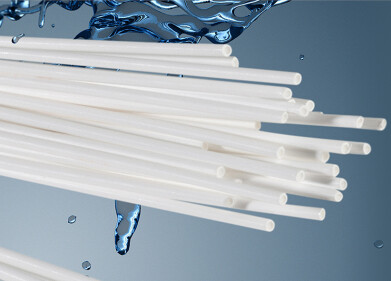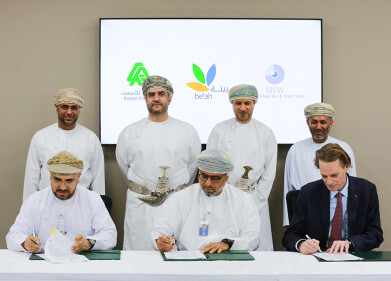Waste management
Can Microplastics Affect Newborns?
Feb 14 2022
Plastic is an extremely pervasive and persistent substance. It can take centuries for plastic to biodegrade, during which time it will be broken down into smaller and more mobile fragments. Depending on their size, these tiny particles of plastic are variously known as microplastics and nanoplastics – and they’re now found everywhere on the planet.
While existing research techniques have shed only limited light on the effect of microplastics on the human body – especially when it comes to babies and small children – the latest developments in microplastics research are beginning to further our knowledge of this area. Concerningly, this has revealed that babies are considerably more at risk of exposure to microplastic pollution than their adult counterparts.
Exposure all around us
Microplastics are found in almost every facets of our daily lives. As well as contaminating our water supplies and infiltrating the food we eat, microplastic pollution has even been found in the air we breathe. This means that all humans are at risk of exposure to microplastics, but the dangers are apparently much higher for babies. Those are the findings of one study from New York, which concluded that babies consume 10 times as many microplastics as adults.
The reasons behind this heightened exposure are manifold. For one thing, babies tend to chew on plastic items much of the time while teething, whether this be the teat on a bottle or their favourite toy. They also crawl around on the ground and potentially inhale or ingest microplastic particles in the atmosphere, while there is even evidence that microplastics might be present in both infant formula and breast milk.
Indeed, the exposure could potentially take place even before the baby is born. If their mother consumes a diet which contains high concentrations of microplastics (from contaminated food and water supplies, for instance), this can become absorbed into the placenta. As such, it’s little wonder that newborns are particularly susceptible to the ill-effects of microplastic pollution.
Safety first
Of course, it’s still not fully understood just how dangerous microplastics are or what the full impacts of exposure to them can entail, for both adults and babies. However, with the brains and immune systems of the latter at a particularly sensitive stage of their development, it’s thought that they are especially vulnerable to developing health complications in later life.
Given that it could take years or even decades for these health ramifications to reveal themselves, it’s nigh-on impossible for scientists to identify the adverse effects associated with microplastic exposure among newborns with any degree of certainty. Nonetheless, it’s highly advisable for parents to limit the exposure of their child (both unborn and newborn) as much as possible.
This can be achieved by the mother avoiding bottled water or food wrapped in plastic packaging, as well as reducing her intake of seafood as much as possible – already an advisable course of action due to the allergies and potential illnesses associated with fruits of the sea. Keeping a clean and tidy home and avoiding polluted parts of town is another key way in which exposure can be limited as much as possible.
Events
Apr 08 2025 Targi Kielce, Poland
Apr 08 2025 Bahrain
Apr 10 2025 Beijing, China
Apr 10 2025 Beijing, China
Apr 15 2025 Moscow, Russia














